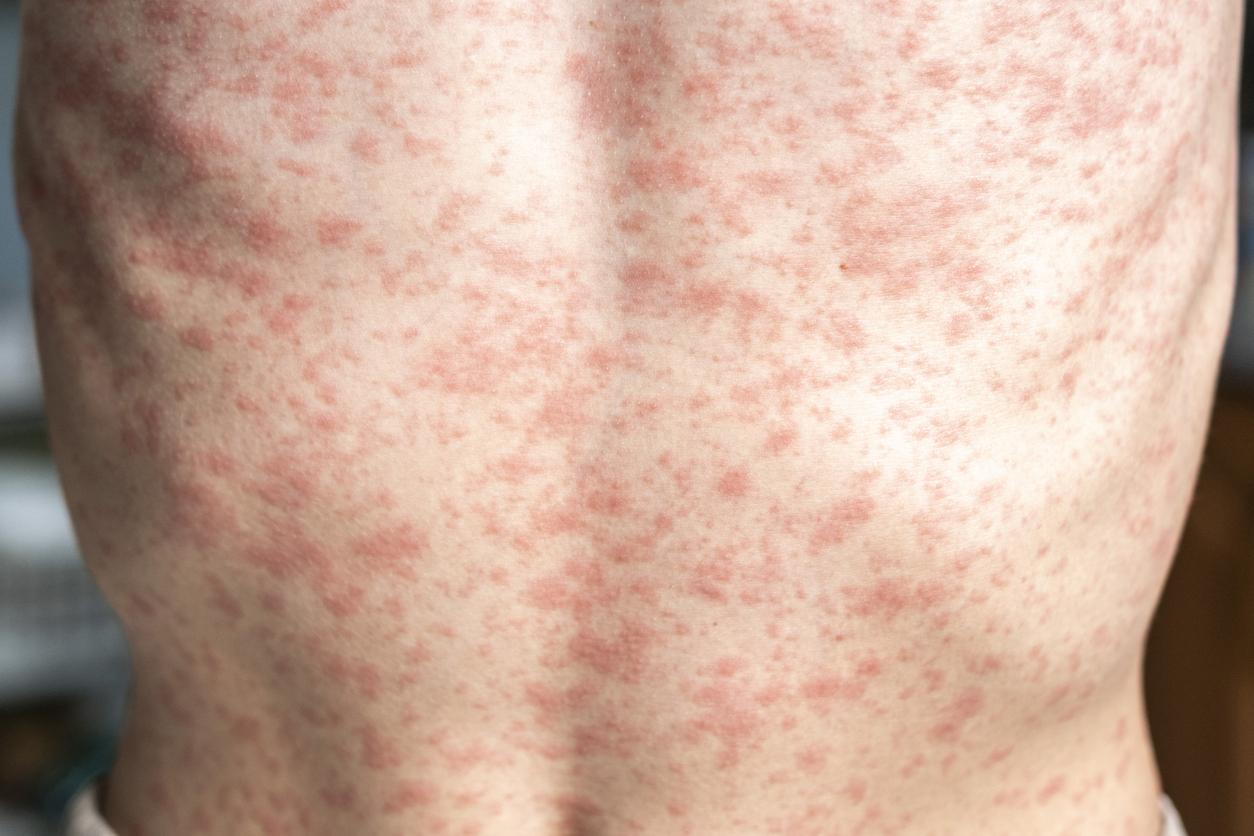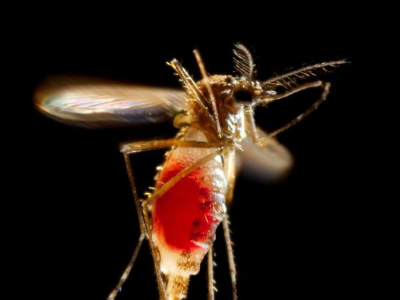.jpg)
Today in Emerging Microbes & Infections, researchers at Weill Cornell Medicine–Qatar present a systematic review of 35 studies on new-onset diabetes after COVID-19 infection, estimating an incidence of 1.37%.
The researchers mined databases to identify and analyze studies from around the world on COVID-related type 1 or type 2 diabetes published up to October 2023. The studies included a total of 4.4 million COVID-19 patients of all ages, and 47.7% were male.
Vast majority of cases were type 2
Of the 4.4 million COVID-19 patients, 60,189 (1.37%) had new-onset diabetes (0.84% type 2, 0.017% type 1). The type of diabetes wasn't available for 28 studies (0.51% of cases).
A multidisciplinary approach involving endocrinologists, primary care physicians, and infectious disease specialists should be implemented in the management of post-COVID patients.
Factors associated with incident diabetes were SARS-CoV-2 variant type, severity of infection, underlying medical conditions, demographic factors, and vaccination status. The risk of diabetes rose over time, with the highest rates seen at 3 to 12 months post-infection.
The study authors noted that the real-world incidence could be higher because many studies reported cases of new-onset diabetes only for patients who returned to the hospital for readmission or follow up.
"However, this rate is still higher than the estimated rate of new onset diabetes in a general population," they wrote. "For example, among adults aged 18 years or older in the USA, the crude estimates for 2021 were 1.2 million new cases of diabetes (0.59%)."
The exact causes of post-COVID diabetes are unclear, the researchers said: "The mechanisms behind COVID-19-induced diabetes may include direct damage of the pancreatic beta cells, inflammation, insulin resistance, and autoimmune responses."
They recommended that healthcare providers monitor COVID-19 survivors for signs of new-onset diabetes, particularly those with risk factors such as hospitalization, intensive care unit admission, severe infection, pre-existing metabolic disorders, and COVID-19 variants associated with higher risks.
"A multidisciplinary approach involving endocrinologists, primary care physicians, and infectious disease specialists should be implemented in the management of post-COVID patients to address both the acute and long-term complications, including metabolic changes and risk of diabetes," they added.

.jpg)










